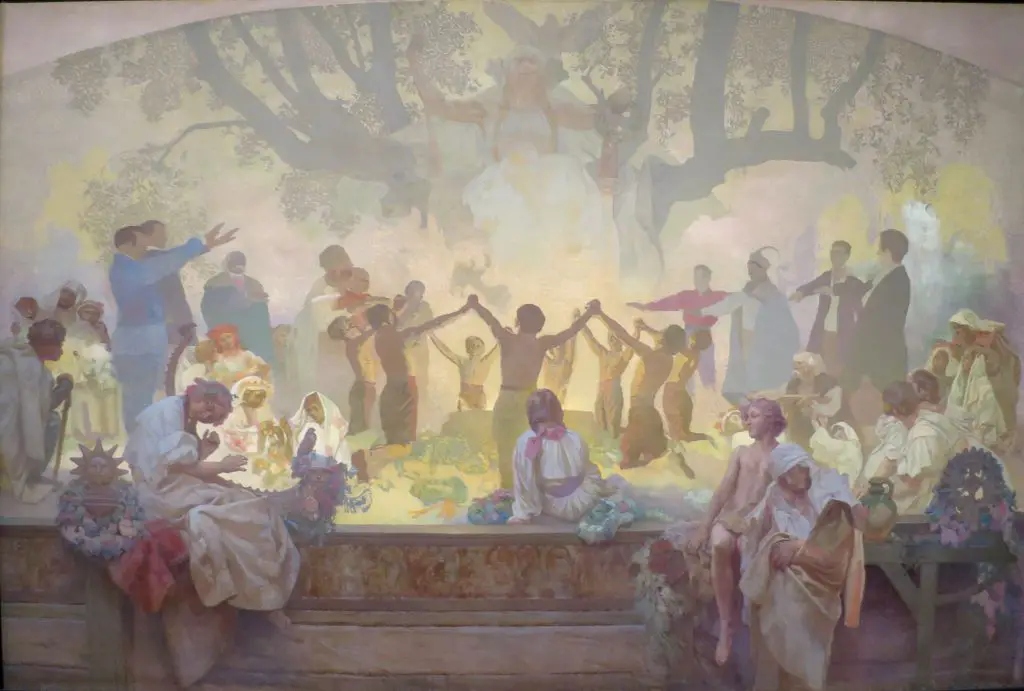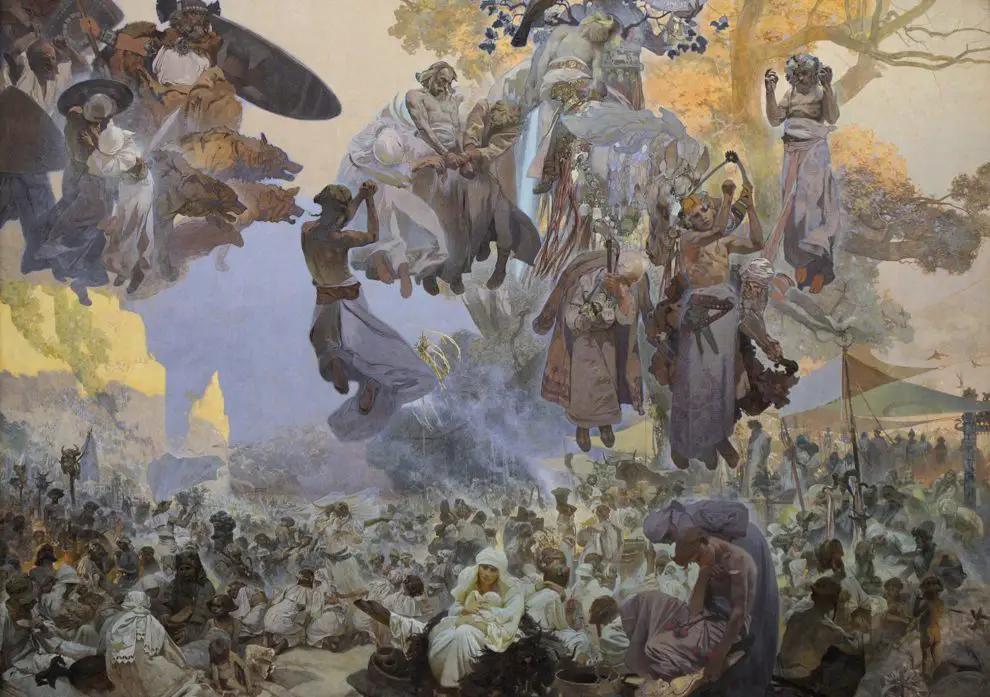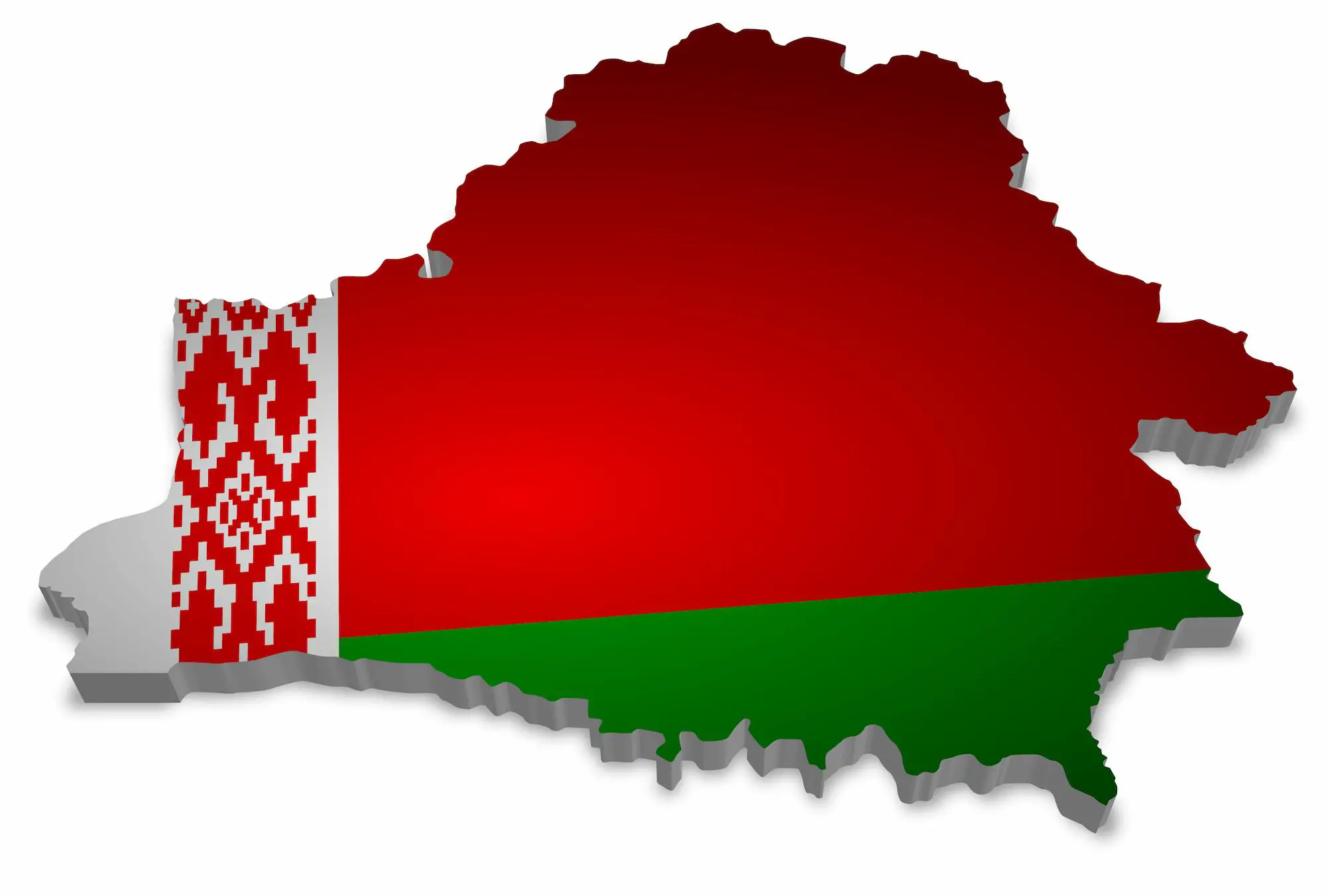The Czech tradition in graphic arts is one of the strongest and most prolific in Europe. Czech graphic artists and painters are known for their imaginary creations inspired by the wide range of European artistic movements, although they are most often associated with realism and art nouveau styles.
One of the most popular Czech Art Nouveau painters and illustrators, praised for capturing the so-called fin de siecle mood at the end of the 19th century by creating idealized female figures embellished with sensuous decorative elements is Alphonse Mucha (original name Alfons Maria Mucha).
Born on July 24, 1869, in one of the lands of the Bohemian Crown, Moravia, in the time of the Austrian Empire- what is today known as the Czech Republic.
Mucha was educated in the city of Brno and during the 1880s studied art in Prague, Munich, and Paris. At the threshold of his artistic career, he worked for Austrian theater productions in Vienna, providing services to scene-painting companies.
Table of Contents
Alphonse Mucha’s Work
The turning point of his career as a graphic designer and poster artist that will immediately grant him world fame happened in late 1890 when he became the principal advertiser and illustrator of the actress Sarah Bernhardt in Paris.
At the time, new processes of illustrating and printing were being developed and poster illustrations became a popular art form that caught the attention of many art admirers as well as collectors.
According to the legend, Mucha and Bernhardt met in 1894 on Boxing Day when Mucha was helping a friend who worked as a printer at the Lemercier’s printing workshop.
Bernhardt called and asked for an urgent favor to have a new poster made for her theater production of the play Gismonda. The apprentices of the printing shop were off duty as it was a holiday, so the desperate printer asked Mucha to take over.
Mucha had no previous experience in poster design but decided to take this opportunity and create his own view of Gismonda. Long story short, the poster was delivered and Bernhardt was simply amazed.
She loved the work and soon after offered Alphonse Mucha a contract for producing not only posters but also stage and costume designs for her in the following 6 years.
In the next decades, Alphonse Mucha produced posters for the productions of La Dame aux Camélias (1896), Lorenzaccio (1896) La Samaritaine (1897), Médée (1898), La Tosca (1898) and Hamlet (1899).
The posters were characterized by Alphonse Mucha’s authentic design principles that were applied in an elongated format that focused on the actress that was placed in a raised alcove, holding the pose of a saint or goddess.
The Gismonda posters revolutionized poster design and covered the walls of the entire Paris in 1895. The subtle pastel colors that filled the narrow elegant shape reflected notes of dignity and sobriety that caught the eyes of so many collectors, some of them secretly cutting them down and taking them at night.
By the end of 1898, Alphonse Mucha was already an acclaimed Art Nouveau artist who designed and published theatre, advertisement posters, postcards, illustrations, and decorative panels that spoke his individual artistic language which told the stories of nature and female idealized beauty.
The artistic talent of Alphonse Mucha reached even further when he started making designs for fashion, jewelry, cutlery, and interior decorations.
The Slav Epic
In the period from 1907 to 1928, Mucha the artist created the painting series that today stands shoulder to shoulder with his Gismonda success, called The Slav Epic.
The Slav Epic (original title: Slovanska epopej) is a painting series of twenty canvases in large size (the largest recorded over 6 by 8 meters) which displays the history of the Slavic people and civilization seen through the eye of Alphonse Mucha.
According to art historians and Mucha’s account on the work, the work is a monument for all the Slavonic peoples and that it also portrays the “joys and sorrows” of Mucha’s own nation and homeland.

Mucha spent the second half of his career to finish this work while the initial idea for it emerged in 1899 while he was creating the interior of the Pavillion of Bosnia and Herzegovina that later, in 1900, was commissioned by the Austro- Hungarian government for the Paris Exhibition.
For the purpose of this interior project, Mucha traveled around the Balkans, doing ethnographic research on the Southern Slavs in the regions and observing their everyday life, customs and traditions.
The Slav Epic project, however, was quite ambitious, so between 1904- 1909 Mucha went on a quest in the United States in order to find a benefactor who would financially support his ambitions.
In 1909, he successfully secured sponsorship from Charles Richard Crane whom he met in New York. Crane was an affluent businessman and philanthropist interested in Slavonic and Eastern European culture. He provided financial sustenance and friendship to Mucha in the following twenty years.
Check out The Slav Epic video below:
Return to Bohemia
Mucha returned home in 1910 and rented a spacious studio and a flat in Zbiroh Castle in Western Bohemia where he created and painted twenty so-called episodes of key events in Slavic history, ten of which referred to Czech historical past and the other ten to the rest of the Slavonic regions.
The first painting in the series is the one called The Slavs in Their Original Homeland and the final work that rounded Mucha’s painting saga was the Apotheosis of the Slavs which depicted the glorious victory of all the Slavs who finally granted their homelands in 1918.
According to Mucha, the work was the unification of all the Slavs through mutual glory and fall throughout history and celebration of the virtue of fraternity.
Mucha’s Death
On the contrary of his prolific life and career, Mucha’s life ended quite tragically.
In 1939, when Gestapo entered Czechoslovakia, he was among the first people who were arrested and interrogated for months. After these hardships, the artist became infected with pneumonia and died shortly after being released.
Today, the greatest collection of Mucha’s works is held by the Mucha Foundation in Prague. The collection comprises lithographs (posters, covers, etc.) as well as jewelry, paintings, and photographs that depict Alphonse Mucha’s artistry, talent, and life.













